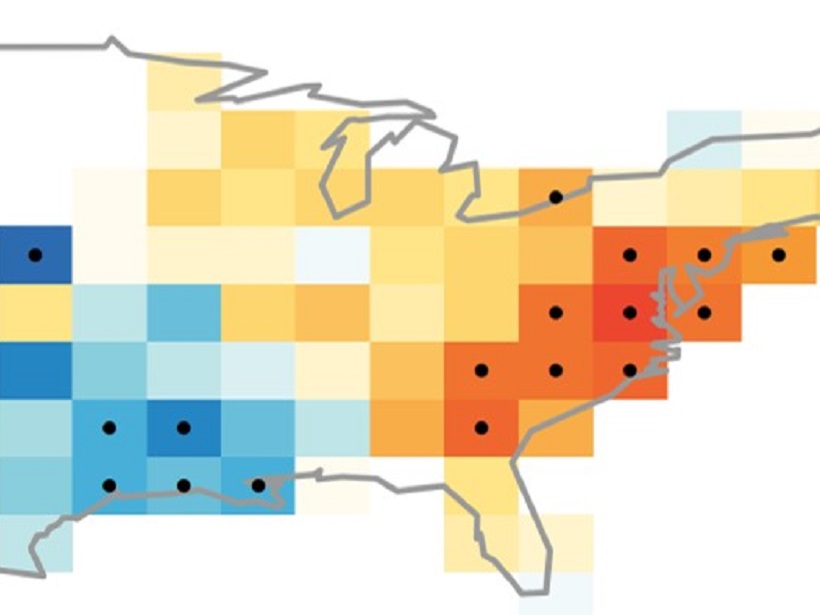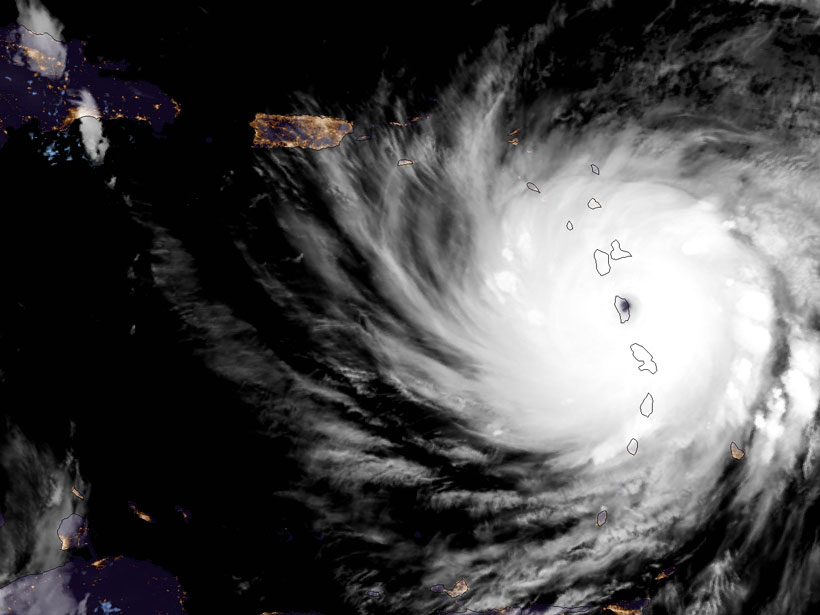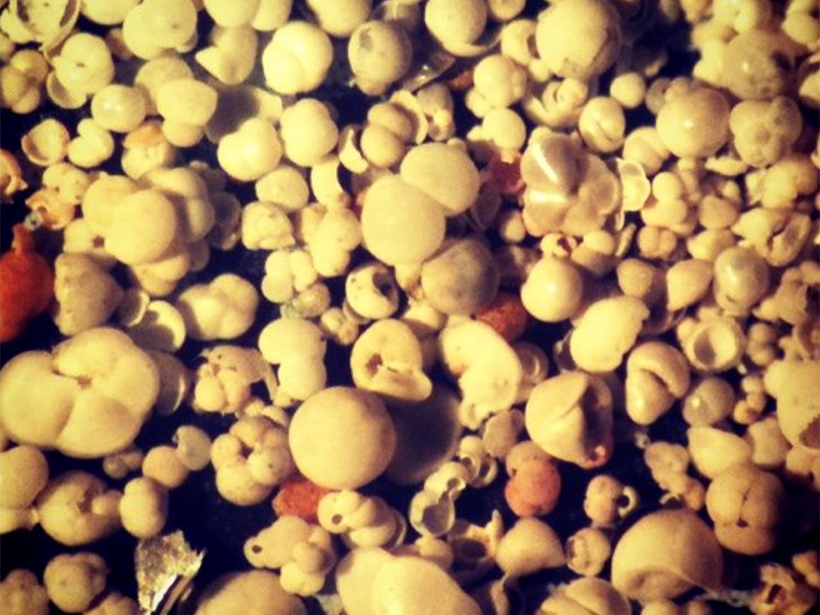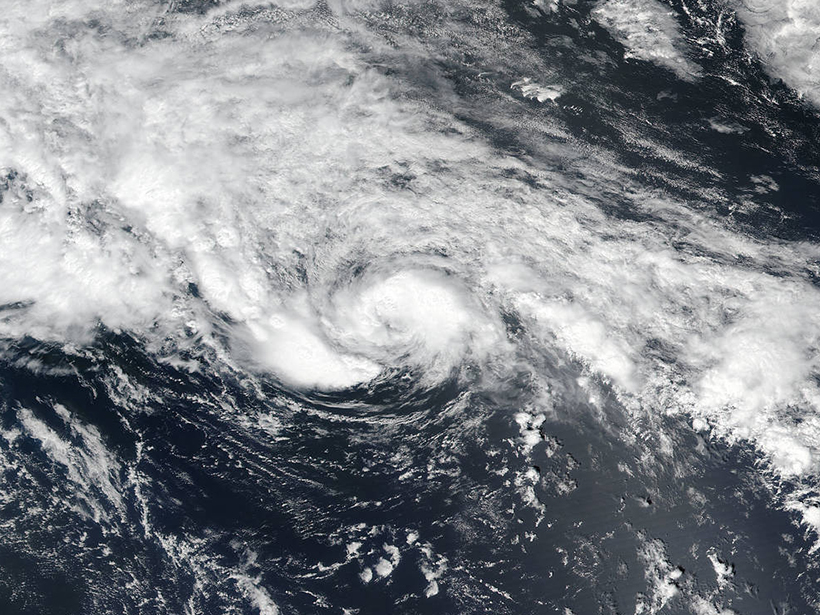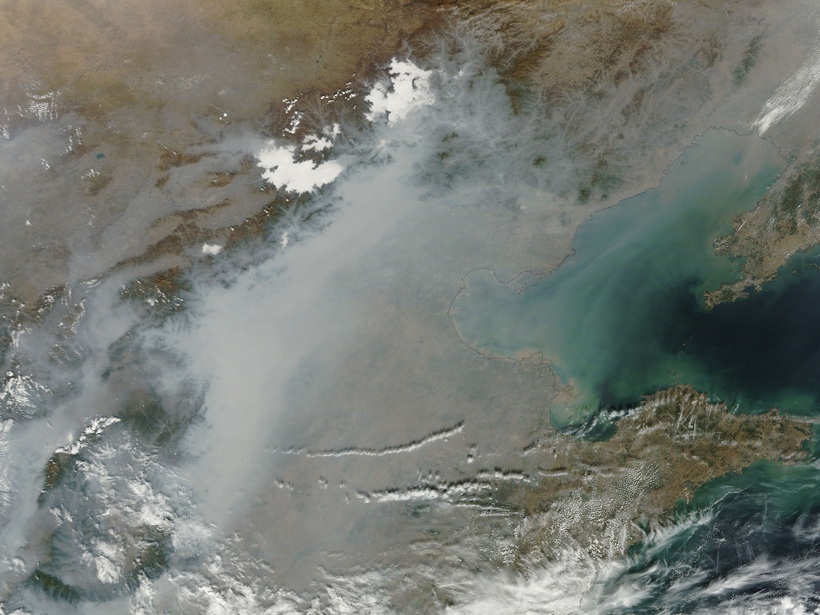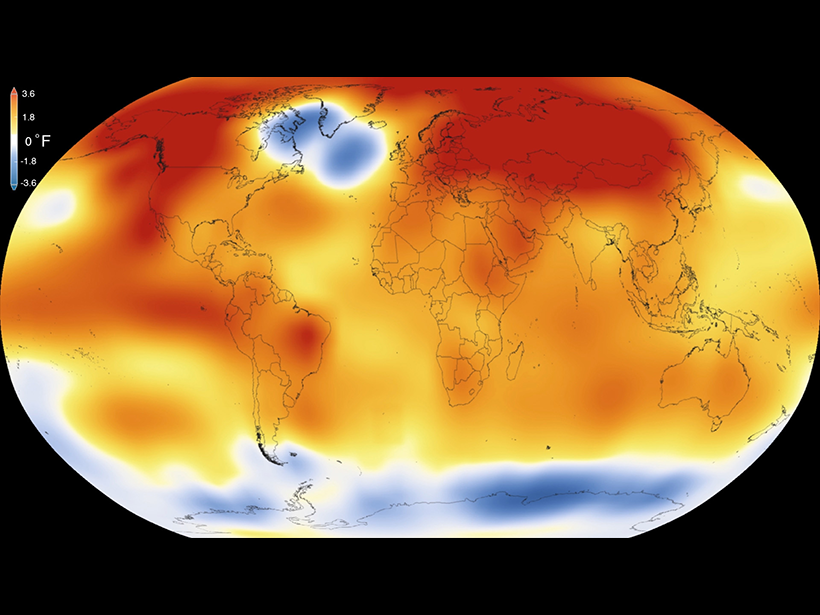Both the El Niño Southern Oscillation and natural variations in tropical Pacific weather conditions impact surface air quality in the Eastern United States.
ENSO
Diversity of El Niño Variability Makes Prediction Challenging
The atmospheric response to El Niño, both in the Pacific region and around the world, changes with each event and is uncertain in future under the influence greenhouse gas forcing.
Global Average Temperatures in 2017 Continued Upward Trend
Even when the warming from El Niño is removed, 2017 ranks among the hottest years on record.
Learning from an Extreme El Niño
A recent paper in Reviews of Geophysics describes new scientific insights on the El Niño-Southern Oscillation from analysis of the 2015-2016 extreme El Niño.
Is Global Warming Suppressing Canonical El Niño?
A study explores the relationship between diverse El Niño events and the background state of the tropical Pacific.
Unprecedented Hurricane Season Sees Widespread Damage
This hurricane season has broken multiple records already.
Improving Our Understanding of El Niño in a Warm Climate
A new study seeks to bring together the strongest features of proxy data and climate models to reduce uncertainties in reconstructions of past El Niño behavior.
Scientists Predict Active Hurricane Season
A combination of warm sea surface temperatures and a weak or absent El Niño may create conditions conducive to tropical storm formation.
La Niña Subtype May Have a Big Impact on Aerosols in China
During a newly identified "flavor" of La Niña called La Niña Modoki, aerosol concentrations over different regions of eastern China may depend heavily on the strength of the event.
How "Godzilla" El Niño Affected Tropical Fish in Low-Oxygen Zone
A warm period unexpectedly boosted some species of fish larvae off the coast of Mexico.

